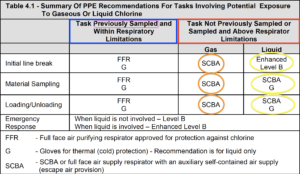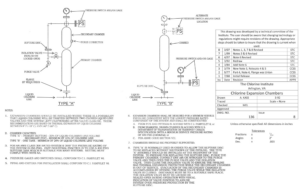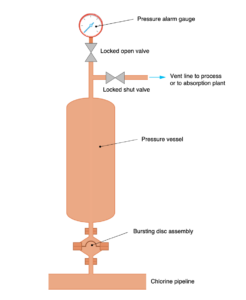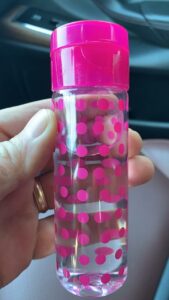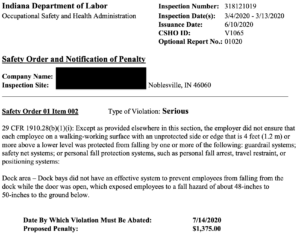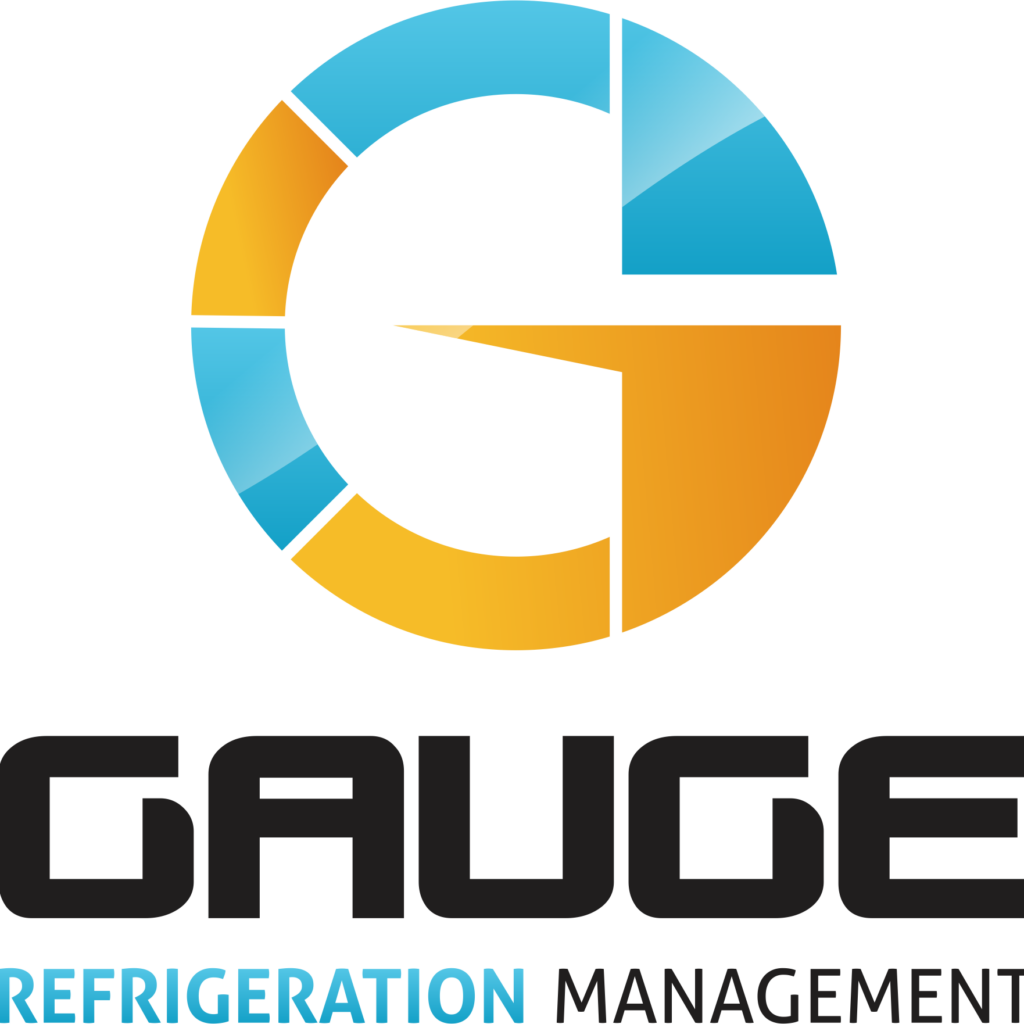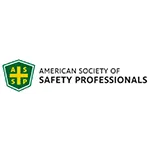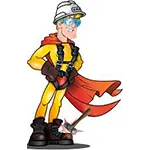SAFTENG Has
- Over 17,500 categorized unsafe acts/conditions and accident/injury photos
- Over 1,400 ppt's & doc's
- Over 3,900 technical articles on Process Safety & Occupational Safety & Health matters
- Over 400 videos
CLICK HERE to Renew your Membership
CLICK HERE for a NEW Membership
CLICK HERE to see eligibility requirements for FREE Membership
If you have any questions, please contact me

I am proud to announce that have extended our”Partners in Safety” agreement for another year (2025).
CI Members, send me an e-mail to request your FREE SAFTENG membership.





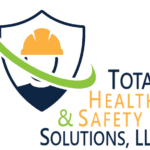





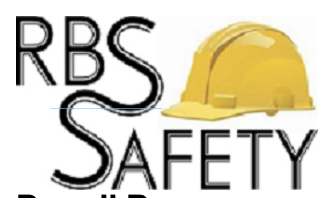


July 30, 2020
The company is a fuel filtration and tank cleaning company. In December 2014, an employee was found unresponsive and later died from gasoline inhalation while cleaning tanks at a construction site in Daytona Beach, Florida. Following the incident, OSHA conducted an inspection and issued an 11- item serious citation for violations of 29 C.F.R. § 1910.23(a)(6) for failure to guard an open manhole; various...
Read More
July 29, 2020
I do a lot of work in Ammonia and Chlorine, from process safety to emergency response, and the one thing I commonly get asked is why do I write so much about ammonia accidents and not so much about chlorine accidents. Well, to be honest, the vast majority of my chlorine clients are much better at containment than are my ammonia clients and this can be seen on a grander scale by looking at OSHA...
Read More
July 29, 2020
For nearly 25 years I have seen CLOSED relief systems used successfully on a multitude of processes involving Extremely Hazardous Substances (EHS) and for many years I have been proposing they be used in the Ammonia Refrigeration industry. The leading trade group for ammonia refrigeration has had a long-standing position against the need for hydrostatic relief protection on liquid piping runs....
Read More
July 29, 2020
We visit this topic once again as I have already spent time with a “former client” who is now in a serious bind with both OSHA and EPA after a significant Chlorine (Cl2) release. They are a former client as they fired me after a 5-year PHA and 3-year audit a number of years ago. They hired me because of their frustrations regarding the handling of their Cl2 and their inability...
Read More
July 28, 2020
This week I received a call from a client who had yet another visit from OSHA regarding COVID-19 complaints, but this time the CSHO was an experienced safety professional who peeled that onion back a few more layers and thus she was recommending a serious violation of HAZCOM related to the COVID-19 safety program. What she found and how she found it is something all facilities should be aware...
Read More
July 27, 2020
Back in my HAZMAT days, we did a lot of transfers from damaged containers to proper containers to mitigate the release of hazardous materials. When the HAZMAT was a flammable liquid, we oftentimes had to construct our own grounding grid. This was more than not a massive challenge for us as we did this all over North America and the soils differ immensely depending on where we were operating...
Read More
July 27, 2020
The United States Coast Guard (USCG) has issued a Safety Alert to emphasize the importance of properly installed and maintained listed or certified safe electrical equipment in hazardous areas in order to reduce the risk of fire or explosion on board vessels. The publication follows an increasing number of instances by the Coast Guard where there was a lack of knowledge regarding the installation,...
Read More
July 27, 2020
This citation is what we call a “gimme” as this can be found at just about every workplace that has loading docks. We have written this up many times during our S&H audits, only to get some lovely looks and compliments from the facility personnel. Many seem to think that if the dock is only 1-2″ over the 48″ height that this is not a violation of 29 CFR 1910.28(b)(1)(i). ...
Read More
July 26, 2020
First, let me state that this construction standard has never been cited. This is based on my personal knowledge and the OSHA database; however, it is still in effect and could be cited. Last year, OSHA revised their standards and they simply did away with the duplicate language in 1926.64 and said to follow the requirements in 29 CFR 1910.119. But the bigger question to ask is when...
Read More
July 26, 2020
Many large scale processes that use Cat 1, 2, and 3 flammable liquids may also rely on a Nitrogen purge system to ensure the space within the process vessel is BELOW the Limiting Oxidizer Concentration (LOC) – sometimes called the Minimum Oxygen Concentration (MOC). This safety system is based on the simple fact that if we maintain the level of oxidizer, usually the oxygen in the air but...
Read More
July 26, 2020
Many of us use Safety Data Sheets (SDS) on a regular basis and most of us have come to the realization that these documents fall far short of providing us the safety information we really need. For example, when working with flammable liquids do you trust the SDS data to provide an accurate Flash Point for the material? Because of the inherent errors in standard flash point measurements…...
Read More
July 26, 2020
Bonding and grounding is a critical safety function when transferring flammable liquids. But for the ground to function properly, how good must it be or in technical terms, how much resistance to ground is acceptable in the design of the safety system?
…
HomeRead More »
Read More


